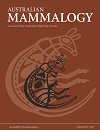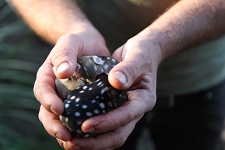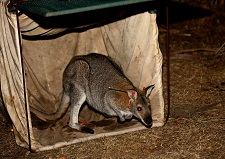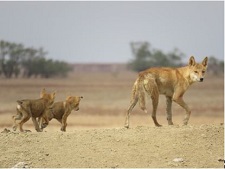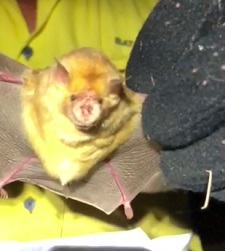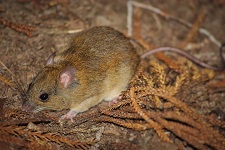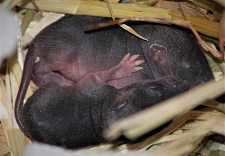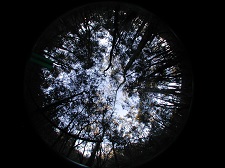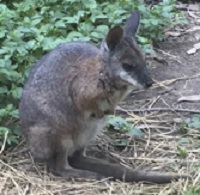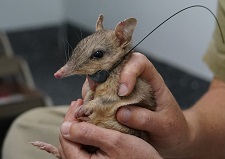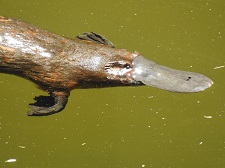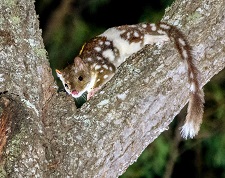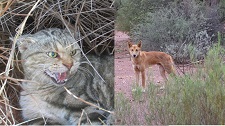
We review and discuss the outcomes of a workshop to identify research priorities for managing predation on native fauna by introduced predators in the Pilbara bioregion in Western Australia. Control of introduced predators will be most effective if it is implemented at a landscape-scale comprising integrated predator management that considers interspecific (predator) interactions combined with standardised monitoring to measure the effectiveness and benefits of control. Photograph by DBCA.


